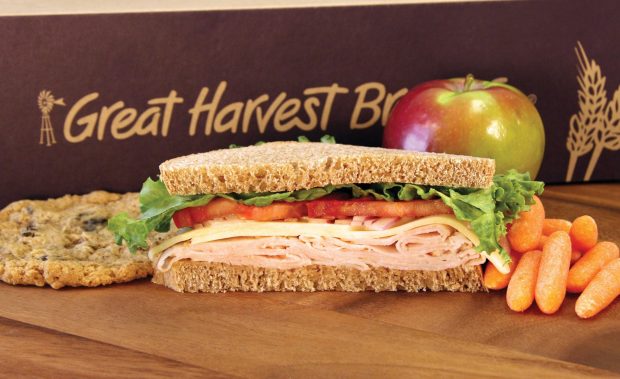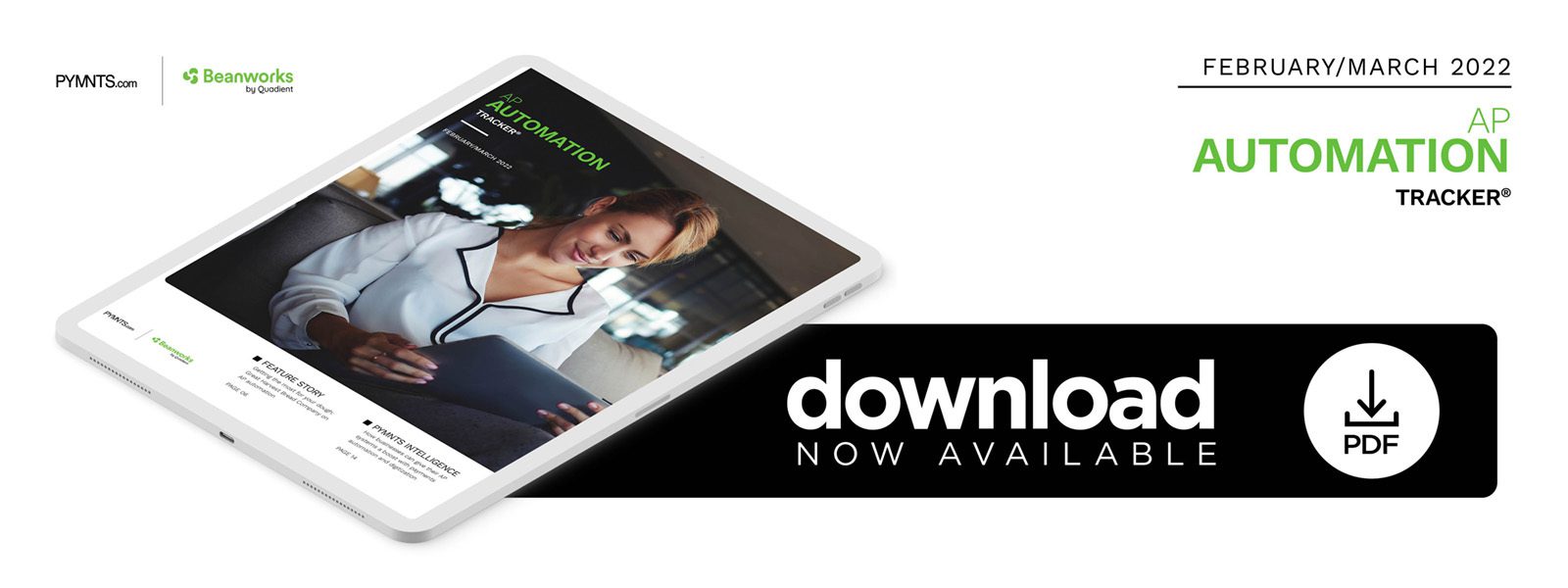Getting the Most for Your Dough: Great Harvest Bread Company on AP Automation

Accounts payable (AP) automation not only helps businesses save countless work hours when operating remotely — it also enables suppliers to be get paid faster. In this month’s AP Automation Tracker, Great Harvest Bread CEO Mike Ferretti explains how businesses use payments automation to overcome AP challenges for remote workers and strengthen their supplier relationships.
Companies face growing payment challenges as suppliers’ rising expectations for faster payments further complicate remote workplace scenarios in the pandemic’s wake. These challenges are nothing new to Mike Ferretti, CEO of Great Harvest Bread Company. Since joining the company more than two decades ago, Ferretti has divided his time between company headquarters and his primary residence thousands of miles away. That split, combined with the remoteness of the headquarters itself, has made accounts payable (AP) automation essential at Great Harvest since the mid-2000s.
“The office is in a small town in southwestern Montana, which is where our accounting team is and where bills get paid,” Ferretti told PYMNTS in a recent interview. “Our CFO lives 100 miles from there, and I live 2,000 miles from there. I think we’ve been a bit ahead of the curve in terms of automating whatever we can because we’ve had a remote business for a long time.”
Coming a Long Way to Reach Automation
Ferretti said when he began as CEO in 2001, working remotely meant most things were done by fax, phone or email. Modern technologies such as smartphones and videoconferencing made things easier, but they have not eliminated the need to handle some tasks face to face.
He said he does not think technology will ever completely replace the physical workplace when it comes to developing and driving company culture. When he joined Great Harvest, however, his physical visits to the company’s headquarters involved a lot more than face time with employees.
“Pre-automation, when I would show up in the office, there’d be a stack of documents I had to sign that would be, literally, sometimes a foot tall,” Ferretti said.
Even though his visits were far from infrequent and most expenses could be addressed without his signature, the checks he needed to sign — and approvals he had to make in-person — would mount quickly when he was out of the office. It would take at least half a day just to get caught up.
“Now, I can just see it online, and our CFO sends me notices,” Ferretti said. “I haven’t had stacks of checks, probably, since the mid-2000s.”
Saving Time and Keeping Suppliers Happy
Feretti said that automation has made life easier at the office and saved countless work hours spent on AP — not just for himself, but also for the entire team. It also helps to ensure the team knows where money is going and which bills are due.
“It’s just easier to verify and audit,” he said. “We think it’s just a lot easier to track what’s going on electronically than if you involve mail or paper.”
The budget his leadership team creates each year identifies known expenses and serves as a pre-approval to expenditures, Ferretti said. Anything in the budget can be paid automatically through the system without the need for human intervention.
Exceptions — items that are either over the budgeted amount or not included in the budget — show up as alerts for him to review.
“Instead of having to review a gazillion checks, I review six or seven exception items each month, and we’re good to go,” Ferretti said. “That’s just added hours to my life.”
The system enables suppliers to be paid more quickly as well. Automated Clearing House (ACH) and electronic funds transfers further speed the company’s automated payments processing, ensuring suppliers are not waiting for paper checks in the mail.
Automation Down the Line
Great Harvest has 178 retail locations generating approximately $110 million in sales annually, Ferretti said.
Of those, 177 are run as franchises. To help franchisees simplify and manage their own supplier relationships, Great Harvest is working with a company that provides automation at the retail level. The program uses a picture of an invoice taken with a mobile device to populate a cloud-based reconciliation program to track inventory and costs.
“I can push a button and get a 24-hour, real-time [product and loss statement] in any bakery in the country right now,” he said.
The program also has a bill-pay module and can integrate with programs such as QuickBooks. As such, franchisees can have a fully electronic process, from tracking invoices and stock to paying suppliers.
Ferretti said the two features that perpetually impress him about automation are how much it simplifies the processes and how much room always remains for improvement. He said he would have expected that at some point, there would be diminishing opportunities to automate or simplify processes — but every time he thinks there is nothing else that can be done, something new arises.

